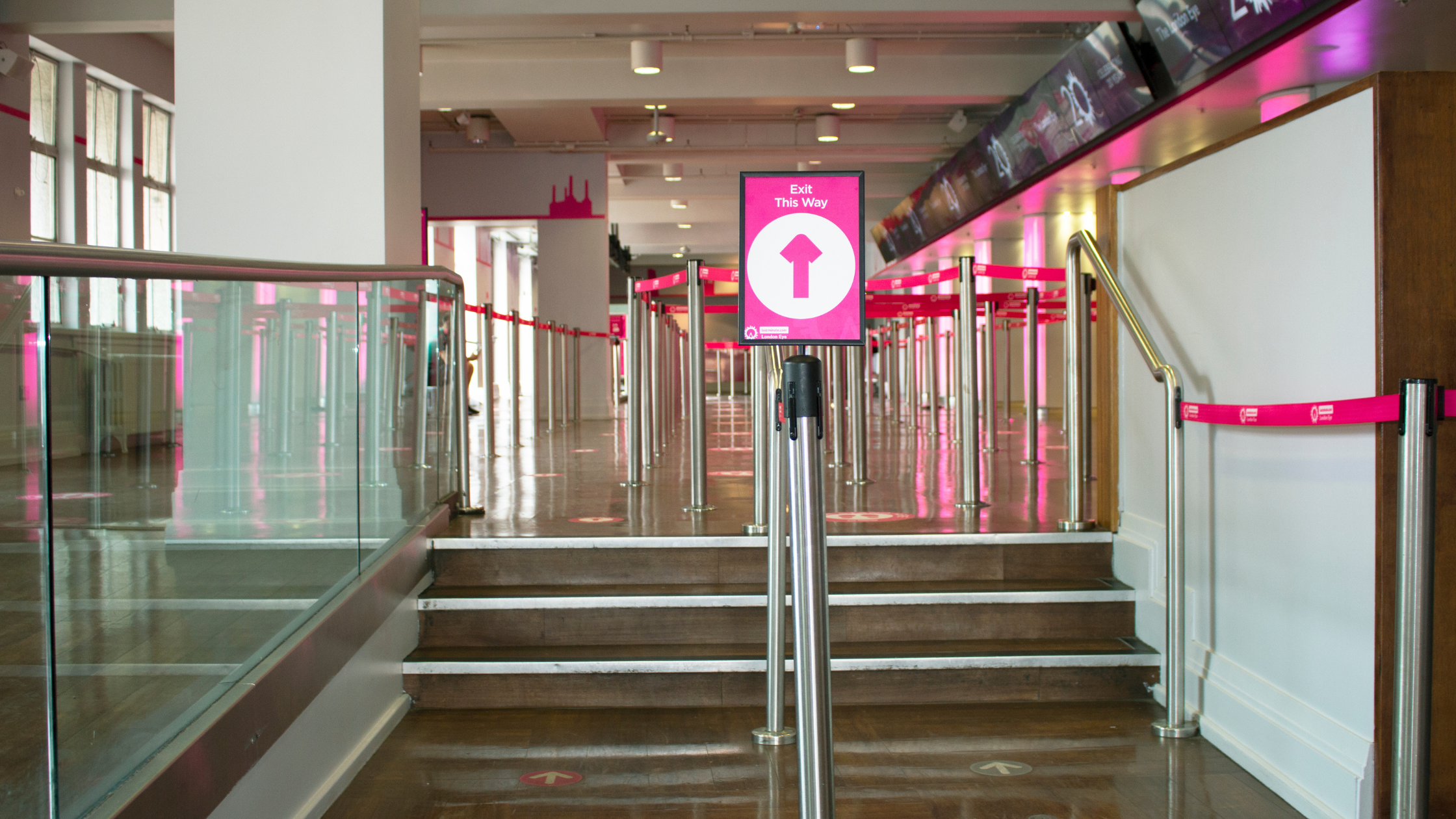- Home
- Sectors
- Solutions
- Tensabarrier®
- Tensamedia® Wayfinding and Signage
- Lawrence® Post & Rope
- Tensator® Airport Passenger Guidance System
- Electronic Queuing – eQ™
- Tensaguide® Modular Barrier System
- Tensator Micam Protection – TMP
- Safety Solutions
- Access Control
- In-Queue Merchandising
- Virtual Queuing – VQMS
- Tensator® Virtual Assistant
- Custom & Bespoke Solutions
- Resources
- About
- Contact Us
- Shop
 English (English)
English (English)
3 Top tips for queue management best practice
22
May

Having a good queue management system in place can not only improve customer satisfaction levels but also reduce wait times. How do you handle long lines of customers?
Here are our top tips for queue management best practices.
1. Plan according to your needs
The right system for you will depend on your particular requirements and your environment. Our case study on our work with the UK’s Derby City Council explains how you can accommodate both simple and complex needs.
You might be surprised at how sophisticated queue management has become (things have come a long way since the velvet rope!) It’s well worth finding out about up-to-date solutions and the broad range on offer. For example, temporary barriers may stop customers passing, but fixed rail systems are less vulnerable to queue jumping as they’re not so easy to open/close. (Tensator research from the UK found that queue jumping is one of consumers’ top complaints about their customer experience when waiting, with 92% of respondents rating this ‘very annoying’.) Electronic Call Forward systems also help customers feel that the way they progress through the queue is ‘fair’.
2. Anticipate congestion
Busy periods can bring unexpectedly high numbers of customers into your building. These can quickly throw up safety issues, and it doesn’t have to be Black Friday or Christmas shopping! Think carefully about the placement of special offer or popular store items to avoid causing obstructions. Look at your layout to see where the bottlenecks are. Guide visitors around the customer area with well-placed signage, which will help keep staff members free to deal with other issues.
Take a look at our Black Friday article for detailed guidance on managing large visitor numbers.
3. Get your staff involved
Let staff know what queue management systems are in place and what the intention is. They will need to know safety procedures in case of problems, but they also need to know that customer service is a high priority. Take the example of a large supermarket with a busy single-queue area and a manual call-forward system. Impulse buys are encouraged, raising revenue as customers pass through the queue channel. However, they could get stuck in the queue if the attendant is busy helping with a query or complaint.
What’s the solution? An electronic call-forward system would remove the problem, but without one, attendants should be thinking about calling for more hands-on deck to speed things up. Staff need to know how effective queue management can give all your customers or consumers a great experience, because without that, they may go elsewhere.




